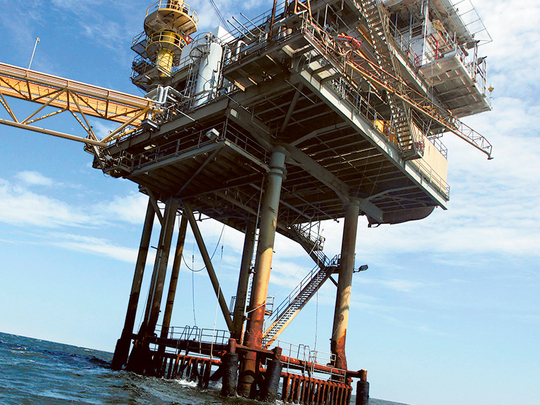
We all make assumptions in life, some more reliable than others. We need to do that in order to function. A baseline of understanding and expectation is both natural and necessary. The element of surprise or random incident adds interest and perhaps spice, but what makes the world go round is some sense of control, the sufficient existence of the old, comfortable norms in combination with the piquancy of whatever’s new.
Assumptions, though, may be questioned from time to time, particularly as risks mount.
We can safely assume that the world does indeed go round, not so metaphysically, and the Sun will keep rising in the East — but that is a matter of scientific fact until the globe is somehow dislodged from spinning on its axis. Nothing much to worry about there, no chances being taken.
Dropping down just one notch in overwhelming relevance, we might collectively believe that the global climate (physically) is changing, as the consensus insists, despite an opposing lobby that observes aggregate temperatures having remained unchanged for 18 years, and wondering why.
International leaders don’t materially distrust the established mantra, and press on regardless with their counteractive, multilateral policy agenda on combating fossil fuels. Indeed, the media these days is giving increasing space to campaigners pressing institutional investors to abandon energy stocks and create a situation wherein hydrocarbon reserves are ‘stranded’ in the ground.
Talking of which, so to the rub. There’s another key assumption receiving much attention today, one of critical importance to the Gulf. The issue of Opec/Saudi policy on one side and the reaction of US shale on the other is entering its very own world of doubt, with sizeable implications.
In recent weeks it’s become apparent that the supposed narrative of the rig count in the States falling — upon the pressure brought by oil’s slump, leading then to a sustained price upturn favouring the GCC’s and other exporters — is presently being defied by continued rates of production, as the industry applies serious determination and innovation to cost containment.
While the rig total has reportedly dropped by over half in the past six months, costs have been pared by some 20 to 25 per cent, and are said by some to be heading for potentially double that this year. Meanwhile, latest data show output, though past its peak, continuing fairly close to 9.4 million barrels per day (mbpd).
“The hopes, of some, that decline will set in could be misplaced,” says Neil Atkinson, head of Datamonitor Energy. “For many of the mature fracked fields, the upfront costs [leases, exploratory and development drilling, etc] are already paid off, and it is operating costs that are the key indicator of profitability. [These] are below $40 per barrel and [maybe] lower.”
With stockpiles of oil inventory approaching all-time records, talk is that storage limits may be reached and an overspill bring downward pressure on prices again.
“There is plenty of supply, both actual and potential; more than enough to cover demand growth for several years to come,” Atkinson maintains. Global oil demand growth is likely to be about 1 mbpd higher each year, but has little scope to advance much further as higher efficiency standards are achieved across the developed world, and many developing countries, most obviously China, encounter serious environmental problems, he suggests.
As for Saudi Arabia, Opec’s leading player “is determined not to repeat the mistake of 1986, 1998 and 2008, when the response to lower prices was to take oil off the market only to underpin the price and allow high-cost producers to stay in the game”, he affirms. At the same time now, “the US could become a de facto swing producer if prices are volatile, which seems to be happening already. The days when Saudi Arabia acts as the central banker of oil are over,” Atkinson contends.
A scenario thereby forms that shale proceeds at substantial volumes for a prolonged period as its extraction becomes not only cheaper but even more technologically proficient. It could never match the considerable ease, of course, with which the Gulf accesses its mineral resource wealth, but the tussle for market share might last longer than has been anticipated.
The evident corollary is that the GCC could confront tougher financial pressures, as market conditions in undisturbed circumstances emphasise the availability of supply relative to persistently moderated demand. That’s not to say that spikes and even genuine shortages won’t still be seen, given both the geopolitical stresses plain today and the fact that enhanced Saudi Arabian output of some 10.3mbpd leaves spare capacity constrained.
The much-vaunted decision to seek to diminish the impact of shale over time could still bear fruit, with patience. In the meantime, it’s a very fair assumption that analysts will return to the table with concerns for ongoing budget trends in the Gulf, and somewhat softer economic growth forecasts.












